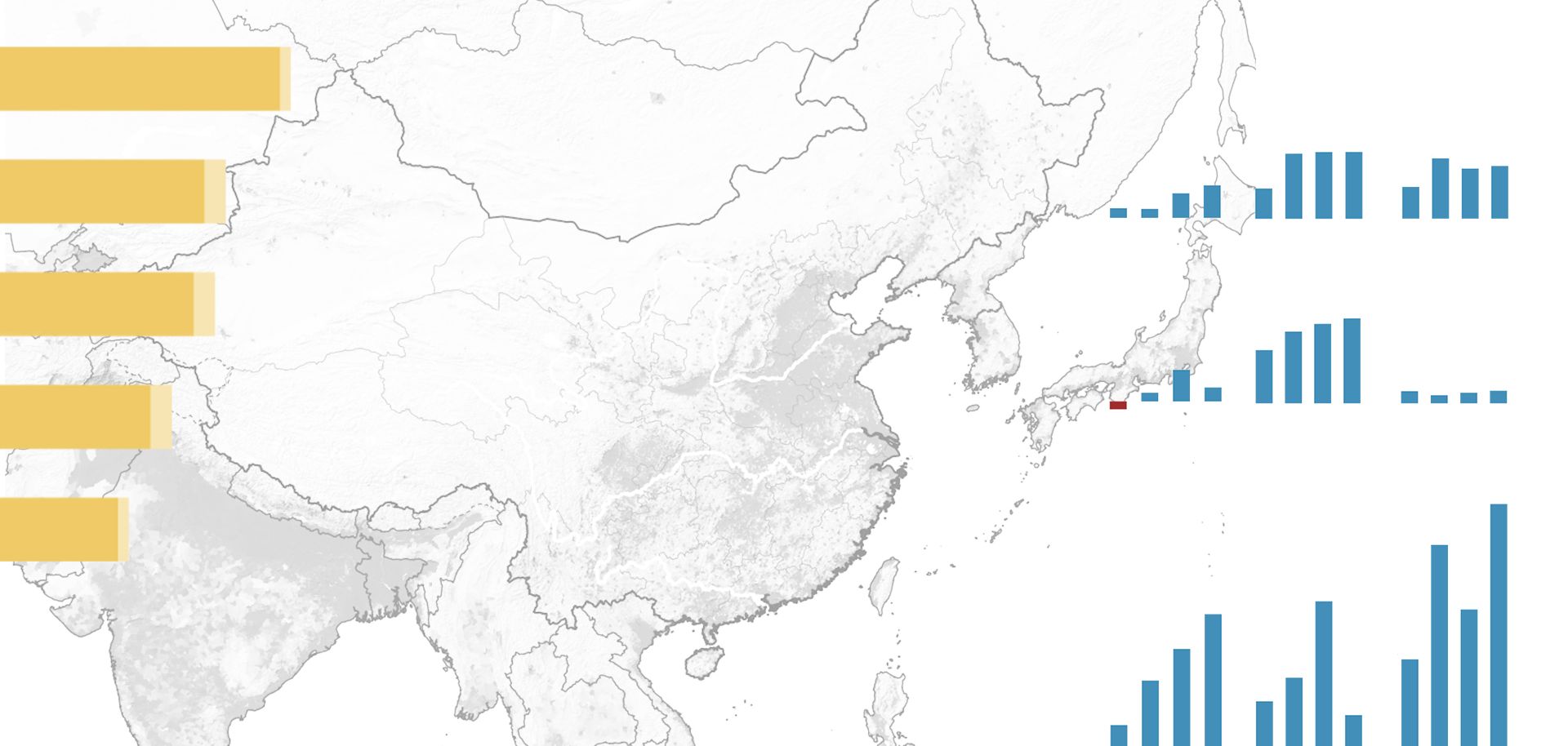
Over the past four decades, China has gradually abandoned its self-imposed isolation in favor of deep ties with global markets. Though the approach has pushed the Chinese economy to new heights, it has also made the country's supply lines more vulnerable, a reality to which the Chinese military has had to adapt. The seas — not the land — are now the key to China's economic security and regional dominance, and protecting them has become one of Beijing's greatest concerns. In addition to building up islands and troop numbers alike, China has encouraged its fishermen to venture out into the disputed waters. The civilian fleet, which has spread across the territory staked by the "nine-dash line," defends China's claims as any navy might by harrying and diverting the ships of its competitors.
Using untrained and unarmed fishermen to carry out foreign policy has its drawbacks, though. Hundreds of thousands of tiny fishing boats are difficult to track, direct and control, and Beijing has little assurance they can be trusted to act on China's behalf without starting a messy international incident. To fix matters, the Chinese government has made an effort in recent years to build up a small subset of its fishing fleet: the maritime militia. Though these fishermen still complete their normal activities, they do so equipped with light arms, better vessels and monitoring equipment, ready to respond to the needs of China's leaders.
Officially, the maritime militia has three goals: to encourage fishermen to exploit all of China's claimed waters, to further the "national will" to establish maritime control, and to protect fellow fishermen in those pursuits. But exactly how the militia executes its goals varies by region. Maritime units in Fujian, Zhejiang, Jiangsu and Shandong provinces are oriented toward building up China's offensive capabilities against Taiwan. In addition to conducting surveillance, maritime militias in these areas are expected to act as an auxiliary force that assists in operations against Taiwan, including landings. Maritime militias in Guangdong, Guangxi and Hainan, by comparison, operate in the South China Sea.
Their activities also depend on China's current threat level. In peacetime, maritime militias serve as the military's eyes and ears, transmitting intelligence on conditions in far-flung waters to the mainland. Militia vessels also participate in reef and island building near disputed islands where the Chinese military is present. This tactic is part of Beijing's "cabbage strategy" of enlisting all of China's military, law enforcement and civilian ships to envelop the islands in overlapping layers of vessels and surveillance. As China continues to expand its reach in the contested waters of the Asia-Pacific, the importance of the maritime militia in defending those claims will only grow.



